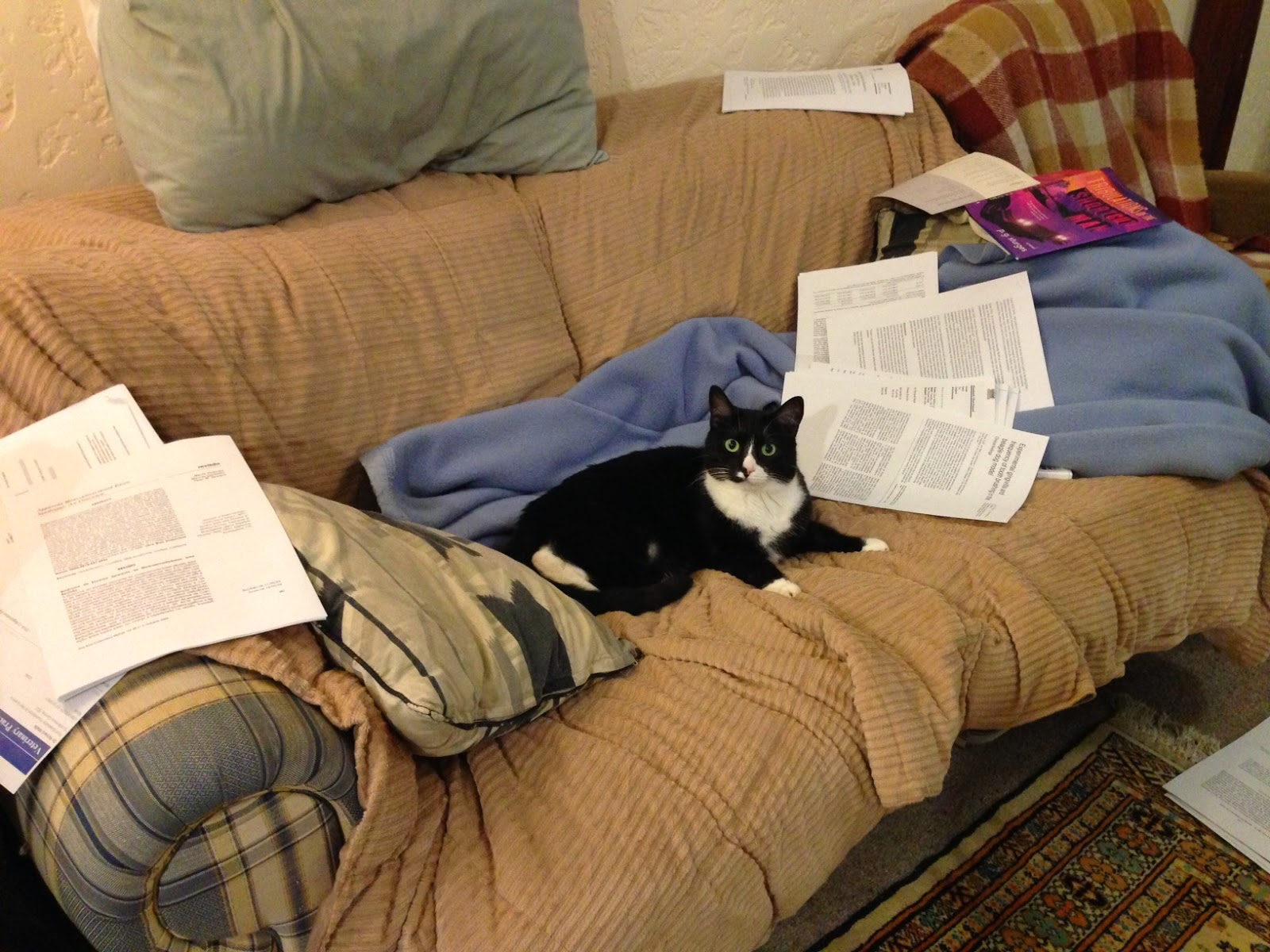 |
| Sutcliffe beside a highlighter...just for scale. |
Little Sutcliffe, our
foster central bearded dragon, is doing fine but spending time with reptiles is
a good reminder to stop and smell the roses. For a start they need plenty of
UVB light – you can buy artificial sources and he has access to one of those,
but there’s nothing like a good old bit of natural sunshine to help that
reptile metabolism along (we don't want him to end up with metabolic bone disease). It’s a bit cloudy and wet in Sydney today, but if you’re
somewhere sunny and you happen to be hanging with a reptile, why not take a few
hours to share the sunshine?
One of the key things of course is not to over-handle these guys, as they become stressed and don't get the UV light or heat that they need. Just relax and share the same space.
Sutcliffe ain’t doing too
bad but still needs to be assist-fed (Hill’s a/d diet at the moment and some
calcium Sandoz). We’re looking forward to the moment he decides to eat a
cricket or even a meal worm!
We're hoping in a few months he looks more like little Jet here.
 |
| Jet, the juvenile bearded dragon. |
In the meantime if you're looking for something stimulating and animal-welfare friendly, consider enrolling in Pauleen Bennett's online course through the Centre for Veterinary Education. It kicks off on Monday and the program looks awesome (and it includes a donation to the RSPCA - so why not donate and learn at the same time?). More here.
 |
| Meal worms. |








